World Fine Art Professionals and their Key-Pieces, 165- Rommert Boonstra
World Fine Art Professionals and their Key-Pieces, 161 – Rommert Boonstra
At the Rooting In between exhibition in Schiedam hung a large work by Rommert Boonstra consisting of eight rows of eight photographs of flowers, ears of corn in a slightly hilly area – probably France. Scattered through the photos were handwritten explanatory texts by Boonstra. One of those present at the opening of the exhibition said that we should certainly also visit the ‘beautiful exhibition’ of Boonstra’s work in Museum Oud Overschie.
A month later I find myself in the basement of Boonstra’s house at the Schietbaanlaan in Rotterdam where he tells more about his photo works. Boonstra is one of the founders of staged photography. He has had many exhibitions of his work, in the Netherlands, but also throughout Europe, including the Centre Pompidou and the Centre Européen de la Photographie in Paris, the Frac in Metz and the Musée de la Photographie Charleroi. Staged photography started around 1980, he says. “More people were working on it, also in the Rotterdam. You had the ‘Rotterdam School’, alongside Teun Hocks and others. ”
Wunderkammer
The established photography world and especially the documentary photography initially looked curiously against this kind of photographs. “’Hot air’ was the comment. People did not want to know anything about it at first. A true tribal struggle arose, a fierce battle. After the fight ended, a place for the new movement was cleared.” His first major exhibition was in 1980 in the Nature Museum Groningen. From director Kees van der Meiden he was allowed to use all objects of the museum for his photo collages.
“With him I developed the idea of the Wunderkammer. It’s about riddles, the imagination, strange encounters between strange things. The beauty of the ugly. It started with an art collage in a cardboard box, later I used a marble decor.” Asked for a key work, he mentions the first time that he created a collage in such a marble decor. He was allowed to work on it in the attic of the museum. He was extremely satisfied with the result, which was also the case with the viewers. Many times, Boonstra got the request from other museums, including Museum TwentseWelle and the Schielandshuis, to come up with such a Wunderkammer tableau. “I was always allowed to use the collection of museums. Museums have arranged everything neatly and I threw it all together. I loved working with objects and sculptures, adding language and thus creating a new totality. ”
De Lantaren
Boonstra started his art career at a later age. His education – the Gereformeerde Gymnasium and then a study in Art History, both in Groningen – pointed at a slightly different direction: a leading position on the cultural terrain. And that’s how it started. On his 27th birthday, in 1969, he was the youngest Theater Director of the Netherlands in Assen. “It felt like the world was at my feet. I took new names in the Schouwburg: Neerlands Hoop, Cuby & The Blizzards. That had never been shown before. It was fantastic to drag them on stage. The mayor, Grolleman, also liked it.” It lasted until an alderman came who did not like it at all.
Subsequently, in 1972, he was invited by the Rotterdam Art Foundation to become director of theater De Lantaren in Rotterdam. “It felt like I came home. Everything was possible. Every initiative was warmly supported. If extra money was needed for an extraordinary event that suddenly occurred, I called the alderman, Jan Riezenkamp. ‘How nice, I’ll have a look if I can find a few thousand guilders for that.’ Adriaan van der Staay, who had been taken to the port city to eliminate the cultural backlog, was fantastic. With his Rotterdam Art Foundation he laid the foundation for not only De Lantaren, but also for Poetry International, Film International and the Lijnbaan Center. ”
There was film, theatre, pop concerts and various festivals. “A Festival about the Unhappy Love, a Science Fiction Festival together with Evert Maliankay. We made the printed matter ourselves in the graphical workshop where the people from the Hard Werken group worked together.” Boonstra also looked around what happened elsewhere (New York, at Mickery) and what was interesting for the Lantaren. But that ‘state of grace’ could not last forever, he says, looking back. “Everything collapsed.”
Photography
He became seriously ill, it was Guillain-Barré’s disease. “I was lying paralyzed in bed, I had a pump to breathe. It took a long time before I got up again. My wife was gone and my life collapsed.” And then photography came into his life. “Somberly I was sitting in the basement of my house when the magic started. The old dollhouse of my mother came to life, a picture of my grandfather started talking to me. My photography grew up in the closed space of a cardboard box. I had cut off the top and cut out the front wall, creating a nice theatre where dreams could become reality. I did not let people act, but dead things. I’d had it with people. ”
In 1978 he runs into his second big love, Henriëtte. Boonstra travelled a lot and wrote travel stories for Avenue and pieces about visual art in Elseviers Magazine. “I also did interviews. With Tajari, among others, an interesting person and with Henry Moore.” In addition, he became a lecturer in Photography at the Rijksacademie and other institutions. In Burgundy he bought an old farm where he spent a lot of time and thought he could grow old. However, after a three-year illness, his second wife, Henriëtte, died in 2013. Boonstra wrote a booklet with photos and poems about her, ‘De Mooie Rooie’. “I learned a lot from the death of my second wife. Something tragic comes at you, but it has its beautiful sides. She came into the hospice and the people who worked there were so loving, unbelievable. A completely different side of the society you come into contact with. Fortunately, after Henriëtte’s death, I came across love again, Annemieke, again a girl from a Catholic home. I will not complain about anything anymore. Life becomes increasingly uncomplicated as you get older. I am now working for my pleasure. ”
Reverend Reeskamp
It was already mentioned: Rommert Boonstra was brought up in a strictly reformed manner. He went to the Reformed Gymnasium and had to go faithfully to the church on Sunday, where Reverend Reeskamp preached hell and damnation. “There was not only a heaven, but also a hell. There was weeping and creaking of teeth. Anyone who was not Reformed was immediately sent there and in particular the Roman Catholics, for the Roman Mass was a cursed idolatry. But I seem to find Catholics far more fun than Reformed, especially my two ‘girls’. I have always had something with women, I also had a sweet mother. My father – cheese dealer and owner of a cheese warehouse – was authoritarian. ‘As long as you live in my house, you go to church.’” The strictly reformed faith gave him the impetus to detach from it. “Reformed people have no sense of humor, can not do anything with anarchy. I can’t stand Mondrian, a reformed type, with his reduction of life to lines and color. ”
After the death of his second wife, Boonstra gave up his home in France. His many walks there, up to a circle of 50 kilometers from home, he continued, but in the Netherlands, near Rotterdam. “I have always been a walker. Walking brings me to ideas. I walk 10 – 20 kilometers at a time. I always have a notebook with me.” Recently he discovered the Broekpolder near Vlaardingen. “Reclaimed land, with poisonous port sludge. It has become a beautiful area with all sorts of trees, it is soggy, you have to take your boots with you. You never meet anyone. ”
Annemieke comes in. “Let’s go to my exhibition in Overschie in Museum Oud Overschie.” In the beautifully preserved museum in the old core of Overschie, about 1000 years old, we take a look at his collage-works, compilations of classical buildings, elements from famous paintings, objects, animals, flowers, geometric figures. We drink a glass of glühwine with some volunteers who keep the museum / meeting room running. We go to the beautiful cemetery with some very old graves.
Zhuang Zi
Does Boonstra have a nice philosophical conclusion? He has. “My philosophy is based on Taoism. In the Full Scriptures of Zhuang Zi, the great classical book of Taoism (publisher Augustus), there are many wisdoms to be found, but I choose this: ‘If we consider the heavens and the earth to be a great melting pot and the creator as the great blacksmith, where would I refuse to go? Everything will be perfected, I will fall asleep, and I will awaken with renewed strength.’ Here is a kind of carelessness that attracts me.”
Images: 6) 33 man in corridor, 7) Theresa, 8) Southern belle
http://www.rommertboonstra.nl/
http://www.museumoudoverschie.nl/
http://journal.depthoffield.eu/vol11/nr24/f01nl/en
https://ifthenisnow.eu/nl/verhalen/de-wereld-van-de-rotterdamse-kunstenaar-36-rommert-boonstra
Disclaimer: The views, opinions and positions expressed within this guest article are those of the author Walter van Teeffelen alone and do not represent those of the Marbella Marbella website. The accuracy, completeness and validity of any statements made within this article are not guaranteed. We accept no liability for any errors, omissions or representations. The copyright of this content belongs to Walter van Teeffelen and any liability with regards to infringement of intellectual property rights remains with the author.

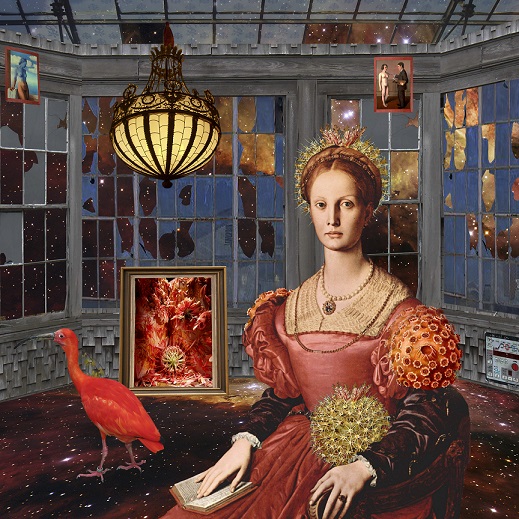

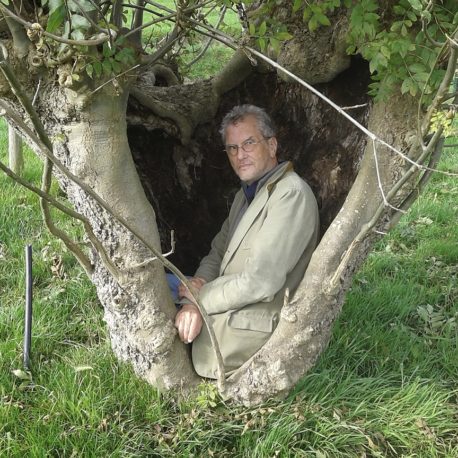
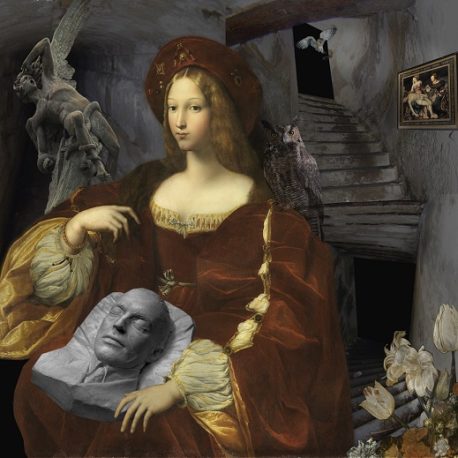

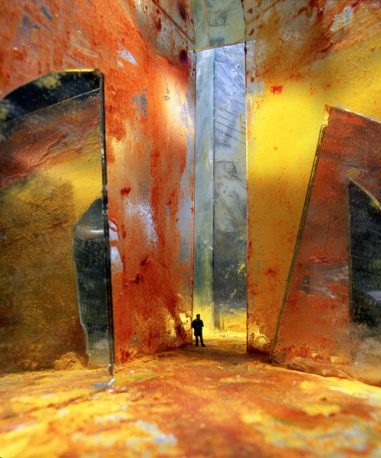
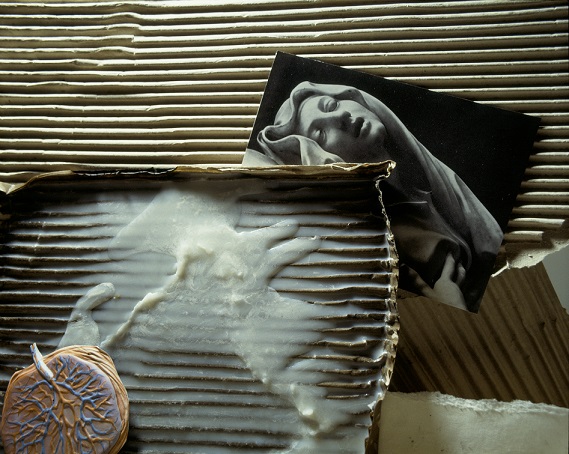
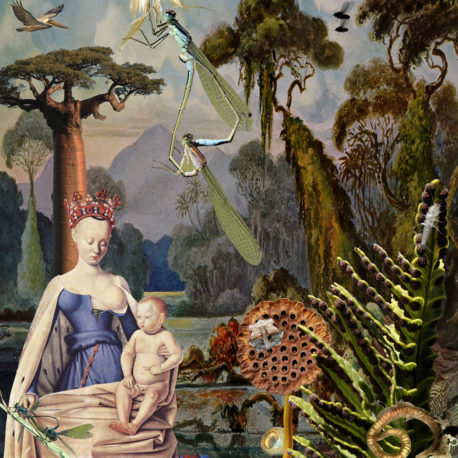
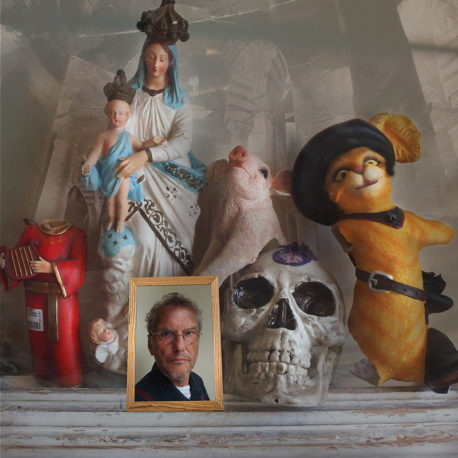
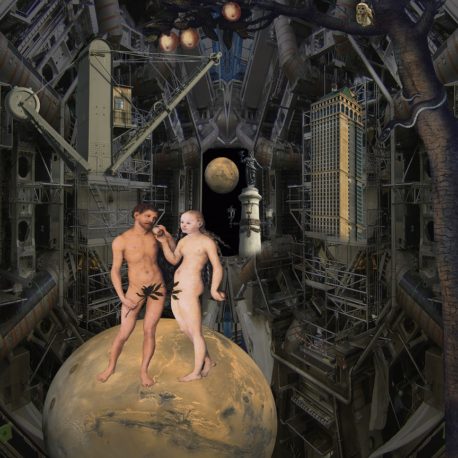














The opinions expressed by individual commentators and contributors do not necessarily constitute this website's position on the particular topic.